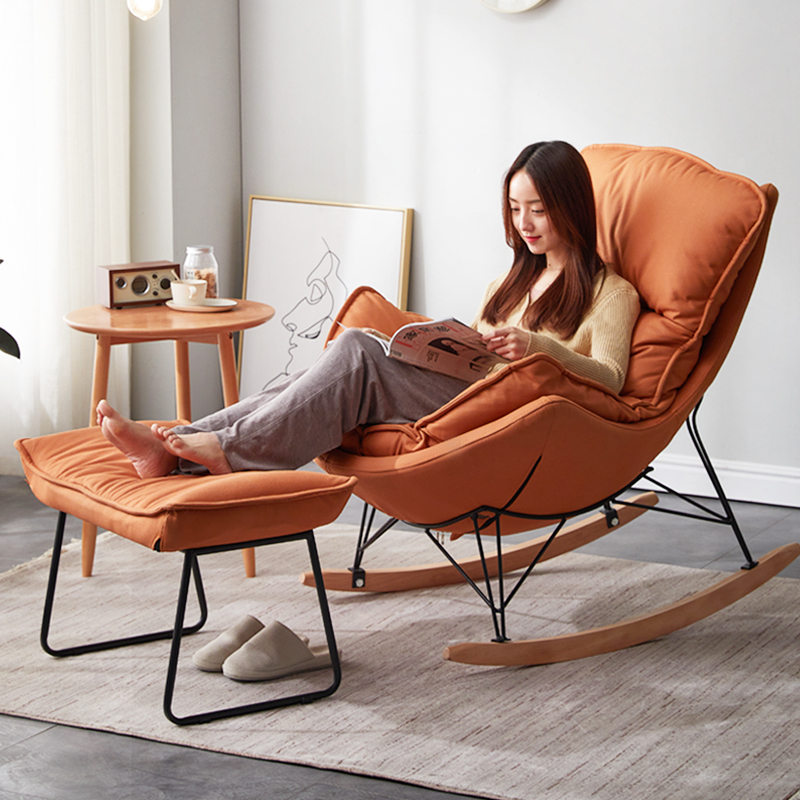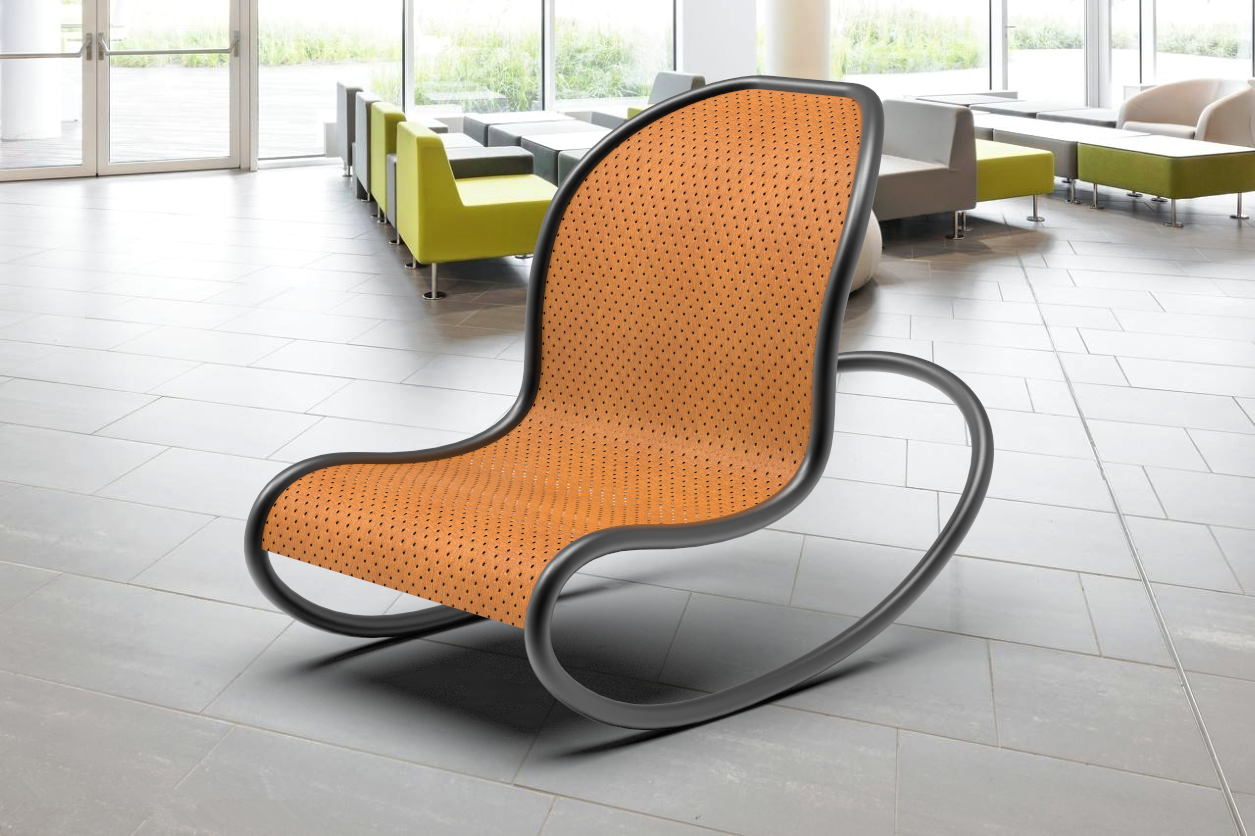Metal rocking chairs, with their sleek aesthetics and durable structure, have become a staple in both indoor and outdoor furniture collections. Among these, the laser pipe cutting machine, pipe bending machine, and laser welding robot are pivotal in ensuring precision, efficiency, and consistent quality throughout production.

1. Precision Cutting: The Function of the Laser pipe Cutting Machine
The production journey of a metal rocking chair begins with raw metal pipes, often made of stainless steel, aluminum alloy, or carbon steel. These pipes must be accurately cut to precise dimensions to serve various parts of the chair, such as the base, arms, and curved legs. Here is where the laser pipe cutting machine plays an essential role.
How It Works
Laser pipe cutting machines use high-powered laser beams to cut through metal tubing with extreme precision. The laser pipe cutting machines can create not only straight cuts but also complex geometries, slots, holes, and notches, all in a single operation.
Advantages in Chair Production
High Precision and Consistency
The laser pipe cutting machine ensures every pipe is cut to exactly the same length and shape, which is vital for components that need to fit together precisely.
Minimal Material Waste
With extremely narrow cutting kerfs and optimized nesting algorithms, laser pipe cutting machine minimizes material loss, improving cost-efficiency.
Flexible Design Adaptation
If a new chair model or prototype is needed, the design files can be updated in the CNC system without any need to retool machinery.
Clean Edges
The heat-affected zone is minimal, which results in smooth, burr-free edges—reducing the need for post-processing.

2. Forming the Frame: The Role of the Pipe Bending Machine
Once the pipes are cut to size, the next step involves shaping them into the distinctive curves and angles characteristic of a rocking chair. The pipe bending machine is used for this critical phase.
How It Works
Pipe bending machines, particularly CNC pipe bending machines, use mechanical force and rotating dies to form pipes into precise curves without collapsing the pipe walls. These pipe bending machines can execute complex multi-radius bends in multiple planes, all controlled digitally.
Types of Bending Used
Rotary Draw Bending: Offers high precision and is suitable for visible, aesthetic components like the curved rockers.
Roll Bending: Ideal for producing large-radius bends used in the base frame.
Mandrel Bending: Prevents deformation in thin-walled tubing during tight bends.
Advantages in Rocking Chair Production
Maintains Structural Integrity
By preserving the internal diameter and wall thickness of the pipe, the pipe bending machine ensures the final product remains strong and durable.
Smooth and Uniform Bends
Automated control eliminates human error, producing consistent results every time.
Customizable Designs
Designers can explore various ergonomic and aesthetic shapes without being limited by manual bending capabilities.
Increased Productivity
Compared to manual bending, CNC pipe bending machines can process dozens of parts per hour with minimal supervision.
3. Assembly and Structural Integrity: Laser Welding Robots
With all components cut and bent to their correct forms, the final structural assembly involves joining the parts together securely. Traditional manual welding has largely been replaced in modern factories by laser welding robots, which provide unmatched precision and efficiency.
How It Works
Laser welding robots use a concentrated beam of light to melt and fuse metal parts together. The robot arm, guided by a CNC or programmable logic controller (PLC), positions the laser nozzle exactly along the weld seam. Depending on the materials and design, it can perform butt welds, lap welds, or T-joints with little to no filler material.
Advantages in Rocking Chair Production
High Strength, Clean Welds
Laser welding produces deep penetration welds that are not only strong but also neat and aesthetically pleasing—perfect for furniture without visible fasteners.
Automation and Repeatability
Laser welding robots ensure every weld is placed with identical precision, eliminating inconsistency and operator fatigue.
Low Heat Input
Minimal distortion and reduced discoloration make laser welding robot ideal for polished metal surfaces.
Speed and Efficiency
Laser welding robots significantly reduce cycle times compared to manual welding, speeding up the entire assembly process.

Conclusion: A Seamless Blend of Precision, Efficiency, and Design
The production of a metal rocking chair is a prime example of how modern automation transforms traditional craftsmanship. From the precise cutting by laser pipe machines to the graceful curves formed by pipe bending machine and the clean, durable joints created by laser welding robots, every phase of production benefits from technological innovation.
As demand for high-quality metal furniture continues to rise, manufacturers investing in integrated production systems with laser cutting, bending, and laser welding robot are better positioned to lead in both design and operational excellence.

